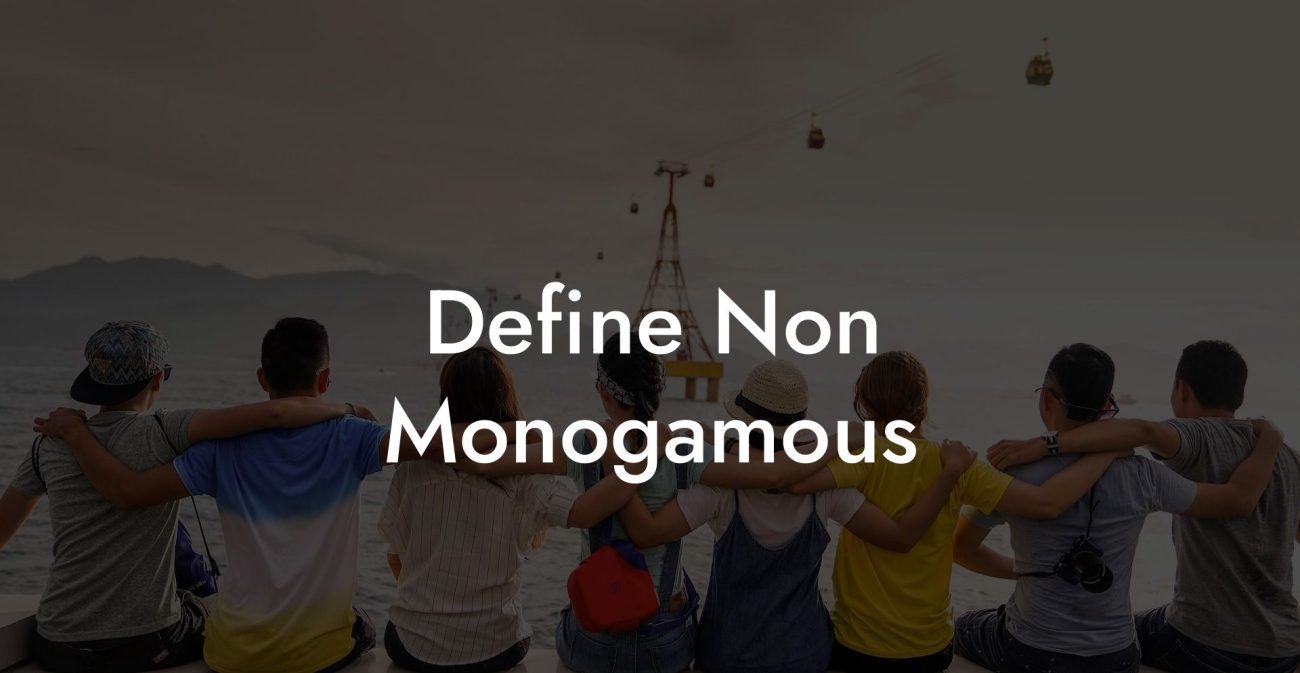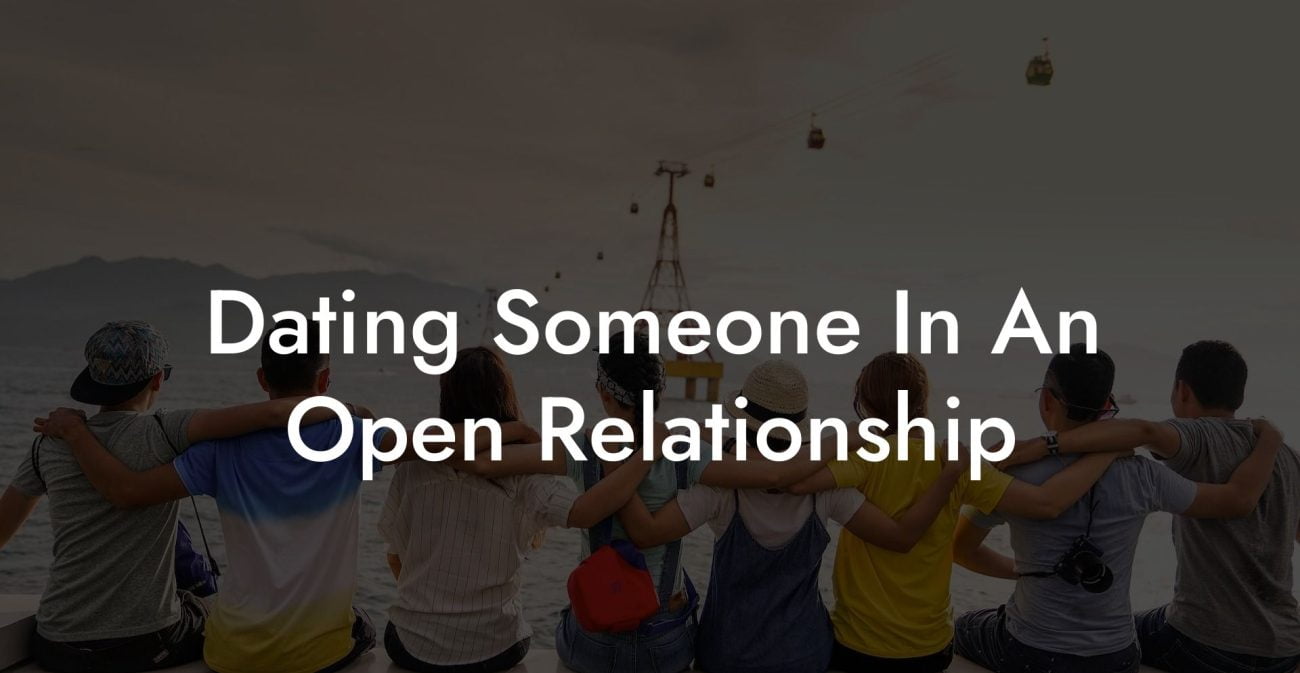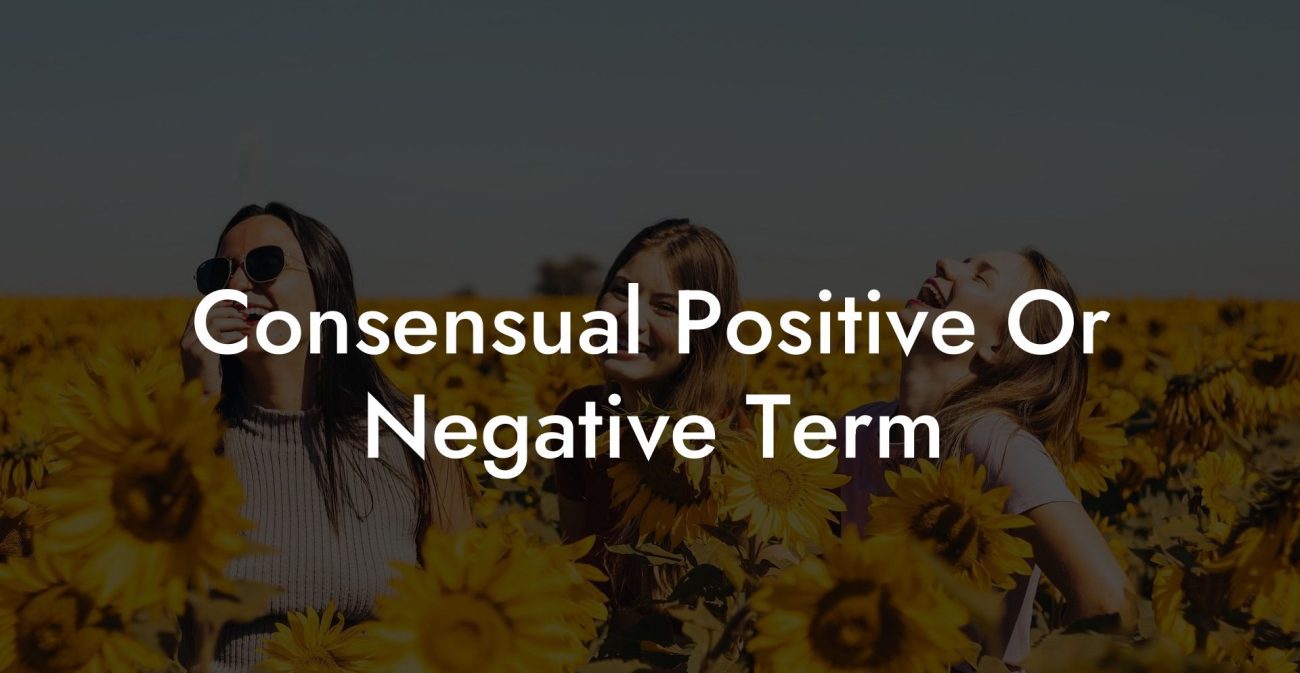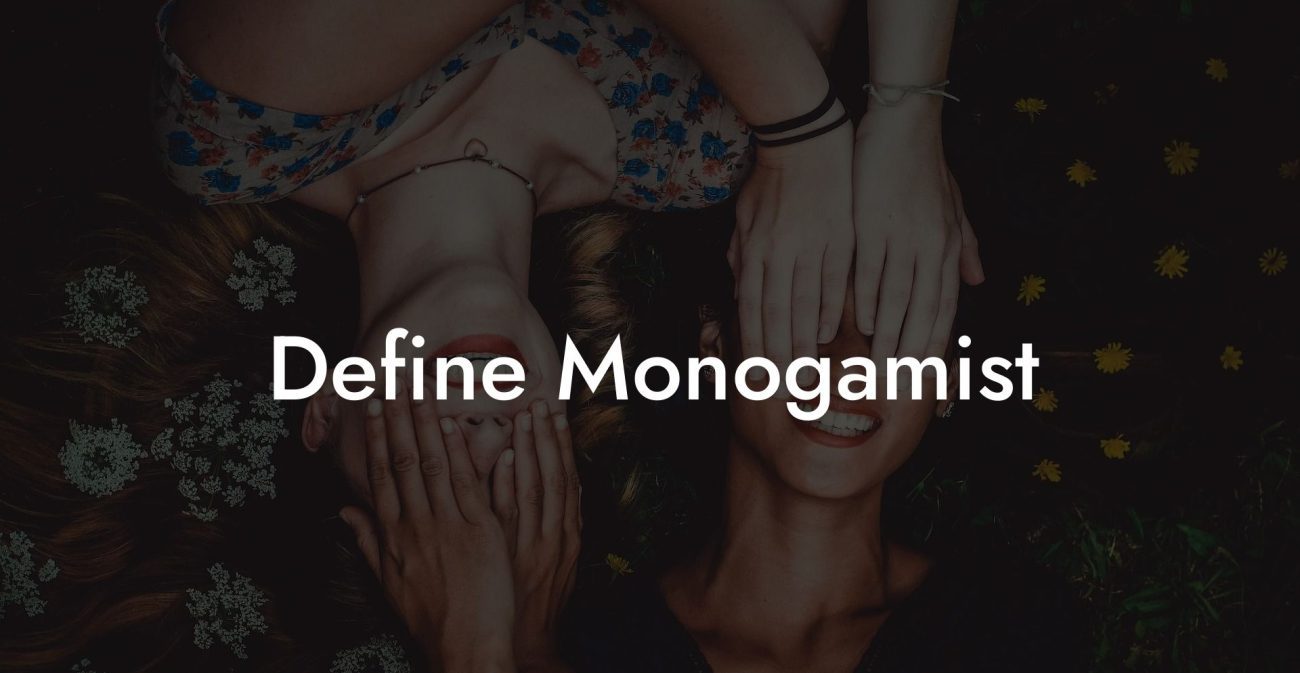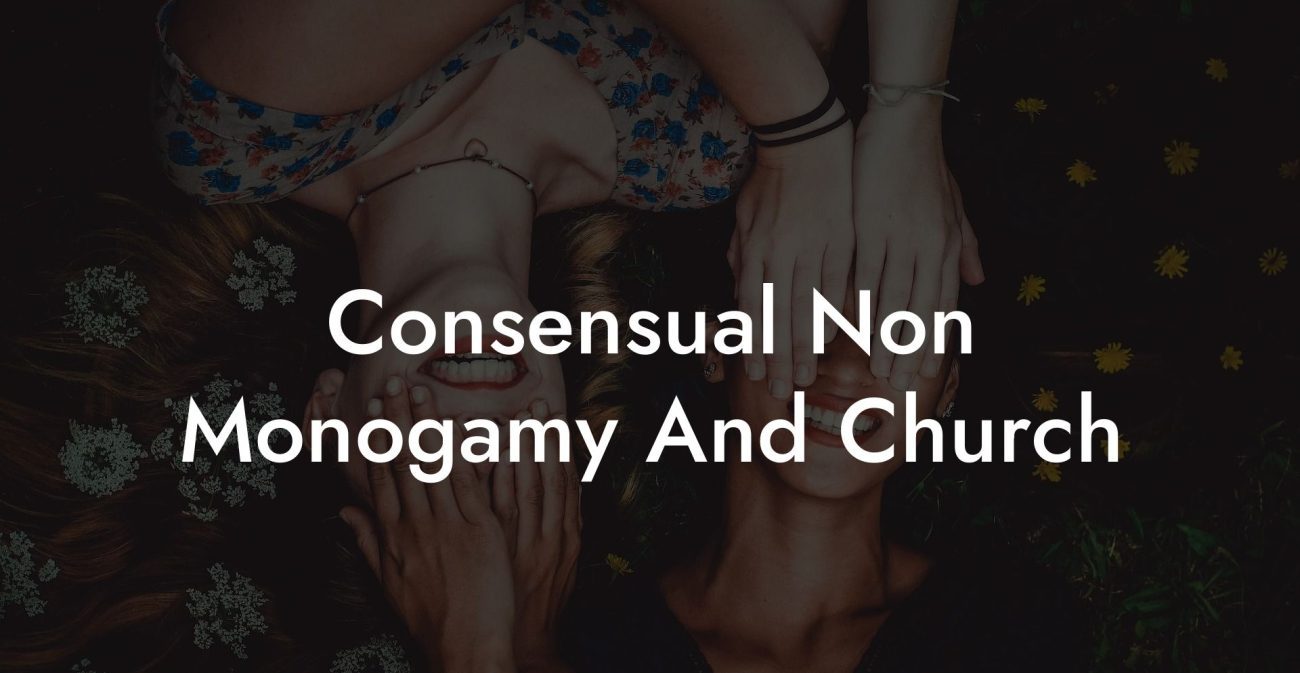In today's world, where the traditional boundaries of relationships are constantly evolving, it's no surprise that the percentage of monogamous marriages has become a hot topic of discussion. While some people are content with a one-on-one connection, others seek a more open and polyamorous relationship dynamic. In this blog post, we'll explore the current landscape of monogamous marriages, factors that contribute to their prevalence, and some realistic examples that illustrate the complexities of modern relationships. So, let's dive into the fascinating world of marital monogamy!
Percentage Of Monogamous Marriages Table of Contents
The Current State of Monogamous Marriages
The Current State of Monogamous Marriages
Despite the increasing awareness and acceptance of non-monogamous relationships, monogamy remains the primary form of relationship for most people. According to a survey conducted by the Institute for Family Studies, approximately 85% of adults have only one sexual partner within the past year. However, with divorce rates hovering around 40 to 50% in the United States and a growing acceptance of polyamorous relationships, it's essential to consider the diverse factors at play.
Factors Contributing to Monogamous Marriages
- Religion and Culture: Many religions and cultures promote monogamy as a sacred or expected part of a marital relationship. In some societies, cultural norms dictate that couples abide by a monogamous commitment.
- Social Stability: Monogamy has historically provided social and economic stability for individuals and communities. Sharing resources, raising children, and engaging in long-term partnerships can benefit societies on various levels.
- Emotional Security: Many people find security in a monogamous relationship, as it provides a sense of comfort, support, and trust. This emotional bond can lead to a strong, healthy partnership long-term.
The Growing Acceptance of Non-Monogamous Relationships
As society evolves, so too do views on relationships and what constitutes a healthy and fulfilling partnership. Polyamory and other non-monogamous arrangements are becoming more accepted and recognized, opening up a wider range of options for individuals and couples seeking varying degrees of connection and commitment. Ultimately, it's essential to acknowledge that there is no one-size-fits-all relationship model, and what works for one person or couple may not work for another.
Percentage Of Monogamous Marriages Example:
Imagine a couple, Sarah and John, who have been together for ten years. They have been in a happy monogamous relationship, but as their lives have changed, so too have their desires and needs. Sarah discovers that she has a growing interest in exploring non-monogamous relationships, while John remains committed to their monogamous partnership. Instead of ending their relationship, they decide to discuss their feelings openly.
Through honest communication, Sarah and John discuss their relationship options and possible solutions that meet both of their needs. Ultimately, they may decide to explore a polyamorous arrangement, attend couples counseling to address their compatibility, or reaffirm their monogamous commitment to each other. This is just one example of how modern relationships can be complex and require ongoing communication and growth.
Understanding the percentage of monogamous marriages and the diverse factors that contribute to relationship models can help us appreciate the complexity of human connections. As we continue to evolve and redefine what love, commitment, and partnership can look like, it's important to remain open and empathetic to the experiences of others. If this article has piqued your interest, we encourage you to share it with friends, family, and loved ones, and explore the insightful guides and resources available on The Monogamy Experiment. In the end, it's the conversations that help us grow as individuals and as a society.




